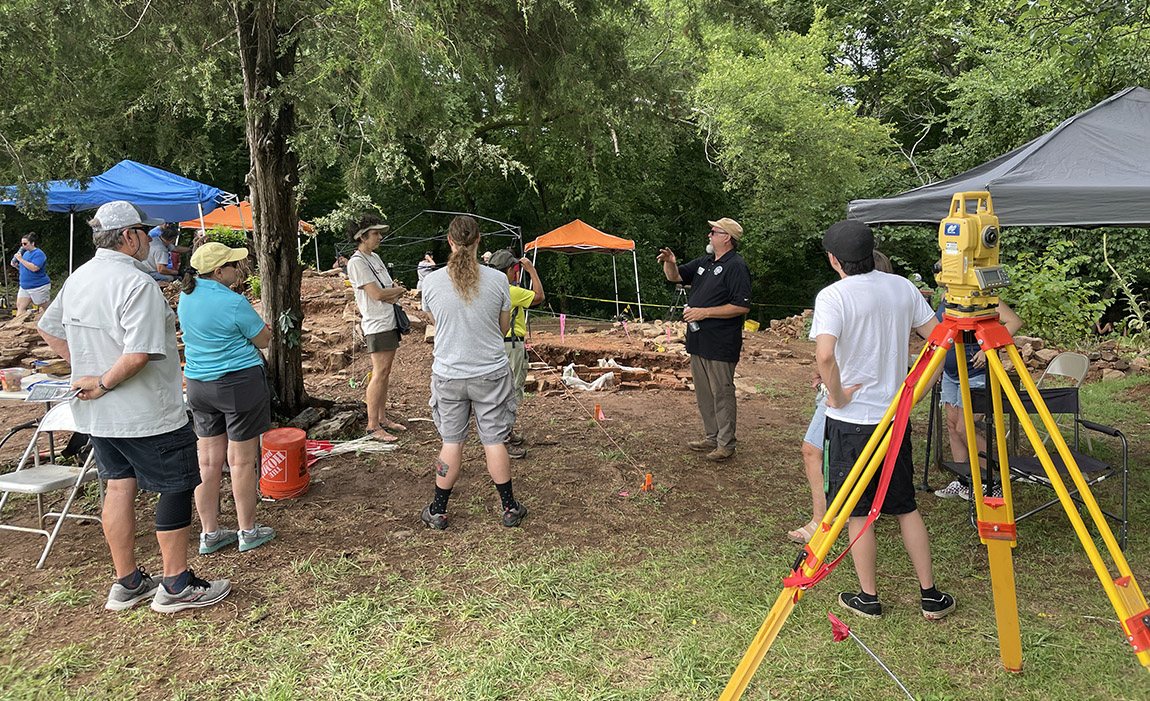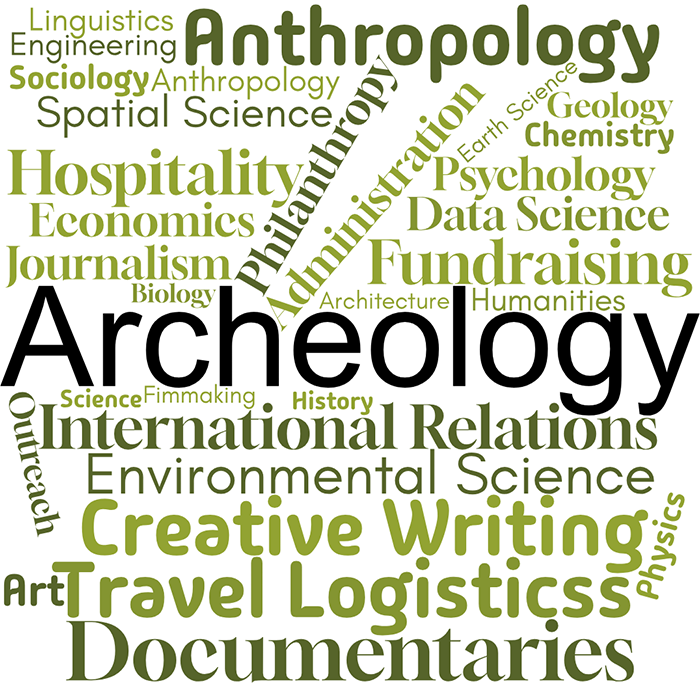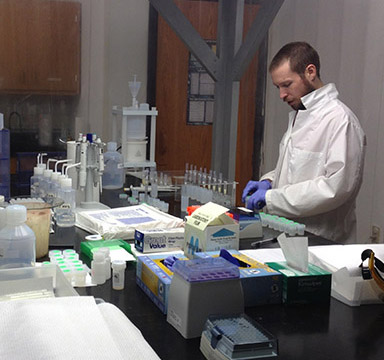
Mel Zabecki, State Archeologist
"Archeology is..." series - June 2025
 Arkansas archeologists have contributed a plethora of articles to the “Archaeology is…” series. This series is, in fact, endless because just about any career can have an application to archeology. Archeology students can earn a bachelor of arts (BA) or a bachelor of science (BS) and be qualified to enter the archeological workforce because of the variety of things we study. However, reconstructing the past is such a complex endeavor that even archeologists with specialties often enlist the help of non-archeologists.
Arkansas archeologists have contributed a plethora of articles to the “Archaeology is…” series. This series is, in fact, endless because just about any career can have an application to archeology. Archeology students can earn a bachelor of arts (BA) or a bachelor of science (BS) and be qualified to enter the archeological workforce because of the variety of things we study. However, reconstructing the past is such a complex endeavor that even archeologists with specialties often enlist the help of non-archeologists.
Archeologists can specialize in the study of ceramics, lithics, metal, glass, or organics. We often rely on research techniques and tools from materials science, chemistry, biology, and physics. Research on spatial patterns, geographic information systems (GIS), economics, and social structures requires the support of computer specialists, political scientists, and folks who have a broad understanding of how humans have organized themselves and their stuff on the landscape and within their communities over broad swaths of time and place; architects and architectural engineers inform our understanding on how past people built up their landscape, from mounds to castles to farmhouses.
Some of us don’t necessarily study the materials people left behind, but the human remains of the people themselves. Biological anthropologists and scientists from a wide range of medical fields are consulted to understand how human biology is affected by culture. Archeologists consider how past people shaped their environments, how environments shaped people, how animals and plants were domesticated, and how they were extirpated or became extinct. Environmental science is necessary for this kind of work, as well as biological and agricultural engineering. The research of geologists and Earth scientists is applied to understanding geological formation processes and how sites form and change through time. Technology from spearthrowers to the cotton gin requires engineers and even hunters and farmers to understand the trajectories and changes human ingenuity has on humanity. Traditions, rituals, and languages can be explained by cultural anthropologists, sociologists, psychologists, linguists, and descendant communities. Historians compare how the written record matches up with the physical record.
 During fieldwork, surveying techniques, soil science, photography, and skills in how to use a backhoe loader all come in handy. Heavy machine operators help us move all the dirt and supplies. The data we collect need to be properly organized, stored, and shared, so information scientists and database builders and managers keep us on track. Writers, journalists, artists, and filmmakers make the past come alive though nonfiction and fiction books; stories, drawings, replicas, 3D printed objects, and documentaries all help to communicate our research to the public. Don’t forget that research and projects cannot move forward without technical, financial, and logistical support. No archeologist can be a one-person-show. Completing the archeological process requires many special skills that one person could never fully acquire. Archeological field and lab work are accomplished with techniques borrowed from many different sciences and humanities, and from many support systems and networks. Archeologists need to be cross-trained because after all the science of excavating and analysis is done, interpreting the data is done within a cultural and historical framework. We’re not just interpreting scientific data, we’re interpreting past human activity, and we need lots of people to get the job done. All that is to say, archeology is everything!
During fieldwork, surveying techniques, soil science, photography, and skills in how to use a backhoe loader all come in handy. Heavy machine operators help us move all the dirt and supplies. The data we collect need to be properly organized, stored, and shared, so information scientists and database builders and managers keep us on track. Writers, journalists, artists, and filmmakers make the past come alive though nonfiction and fiction books; stories, drawings, replicas, 3D printed objects, and documentaries all help to communicate our research to the public. Don’t forget that research and projects cannot move forward without technical, financial, and logistical support. No archeologist can be a one-person-show. Completing the archeological process requires many special skills that one person could never fully acquire. Archeological field and lab work are accomplished with techniques borrowed from many different sciences and humanities, and from many support systems and networks. Archeologists need to be cross-trained because after all the science of excavating and analysis is done, interpreting the data is done within a cultural and historical framework. We’re not just interpreting scientific data, we’re interpreting past human activity, and we need lots of people to get the job done. All that is to say, archeology is everything!

